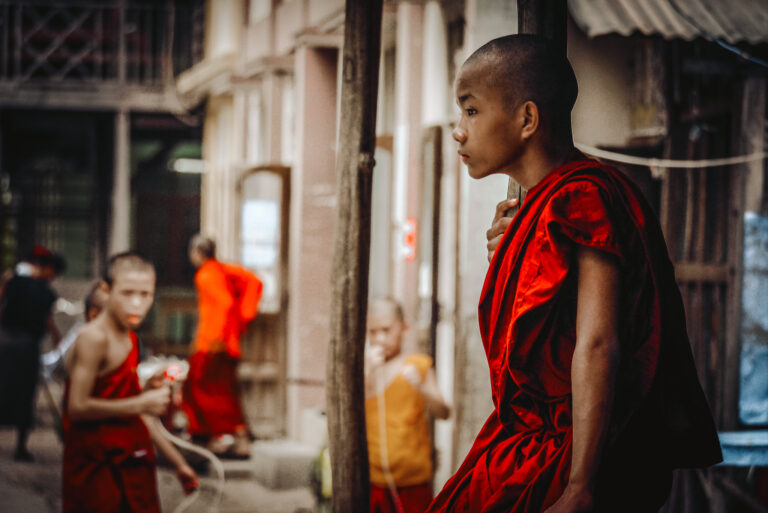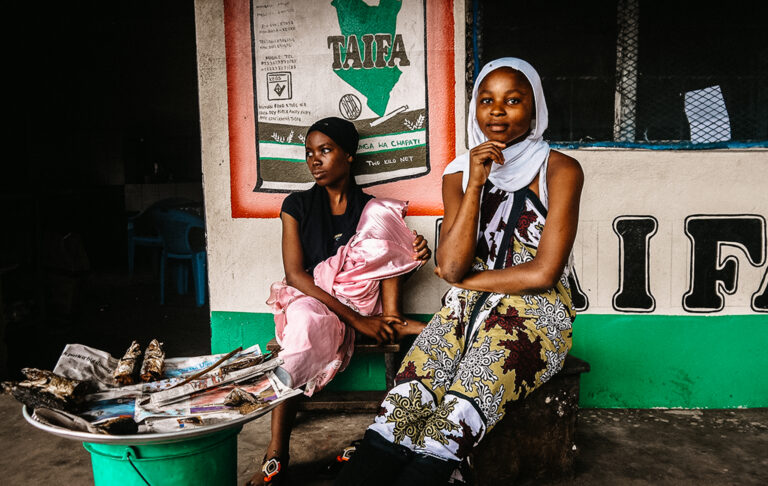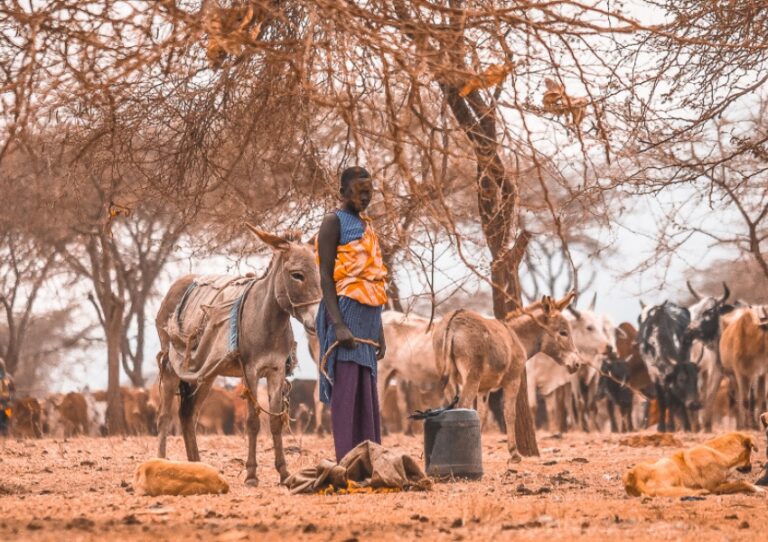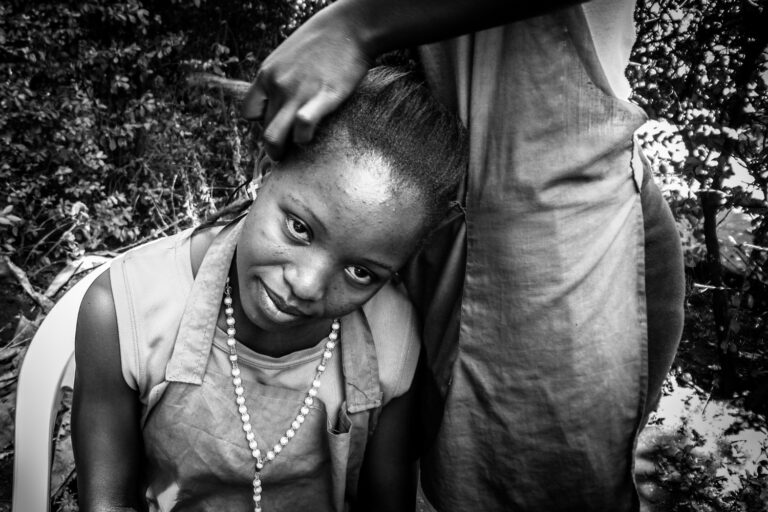The Thai Village Where the Sea Can Breathe
Just over two decades after one of the most devastating natural disasters in recent memory, the tiny fishing village of Bang Saphan Noi in Prachuap Kiri Khan, Thailand, is quietly waging a battle for survival—not just for its people, but for the coral reefs that once sustained them. Here, where the land meets the turquoise embrace of the Gulf of Thailand, two hundred villagers are working to heal the wounds left by the 2004 tsunami and the relentless march of global warming.
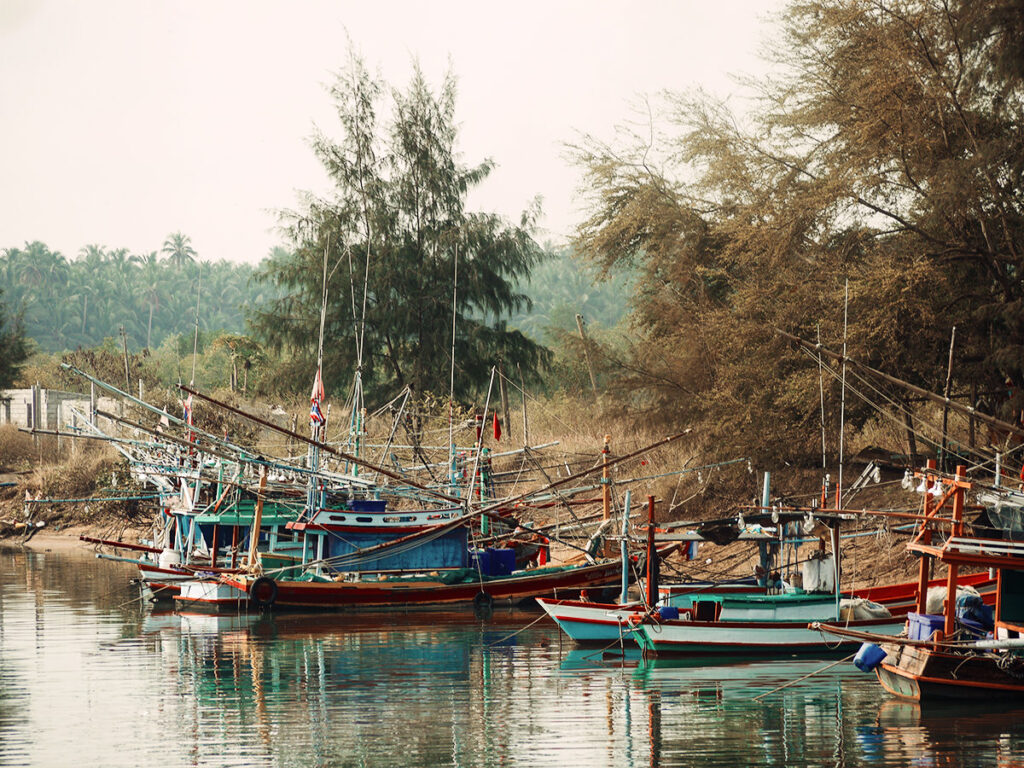
It was mid-February when I boarded a train heading south from Hua Hin, the rails winding through a landscape of emerald hills and shimmering sea. The journey, lasting three hours, felt like a passage into another world—one where nature still dominates, and the past lingers in every salt-laden breeze.
At the Bang Saphan Noi train station, language barriers and uncertainty greeted us. Our only clue was a solitary pickup truck waiting in the sun, its driver offering a shy smile. In Southeast Asia, travel is often an act of faith, and so we climbed aboard, the only foreigners in sight, destination unknown.
Soon, we found ourselves at the village community center, welcomed by warm faces and glasses of cool water. After a brief rest, we were given a scooter and directions to our accommodation—a pastel pink house nestled among coconut palms, gazing out over forested hills. The air was thick with humidity and the scent of green things growing.
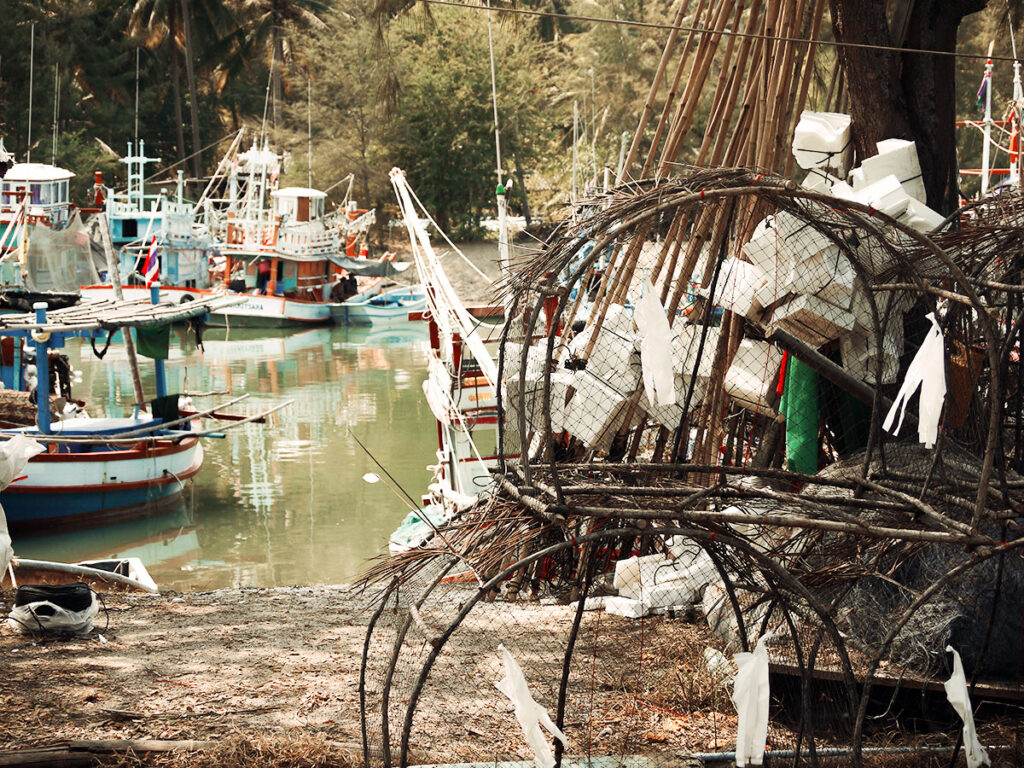
The next morning, the village revealed itself in slow, sun-soaked detail. We rode through silent dirt roads, past stilted huts where locals dozed in hammocks, men mended their fishing boats, and women hung bright laundry in the breeze. In the afternoons, the community center became the village’s beating heart: children played, women tended bubbling pots, and men smoked and swapped stories. The sense of unity was palpable—a tapestry woven from shared history and hardship.
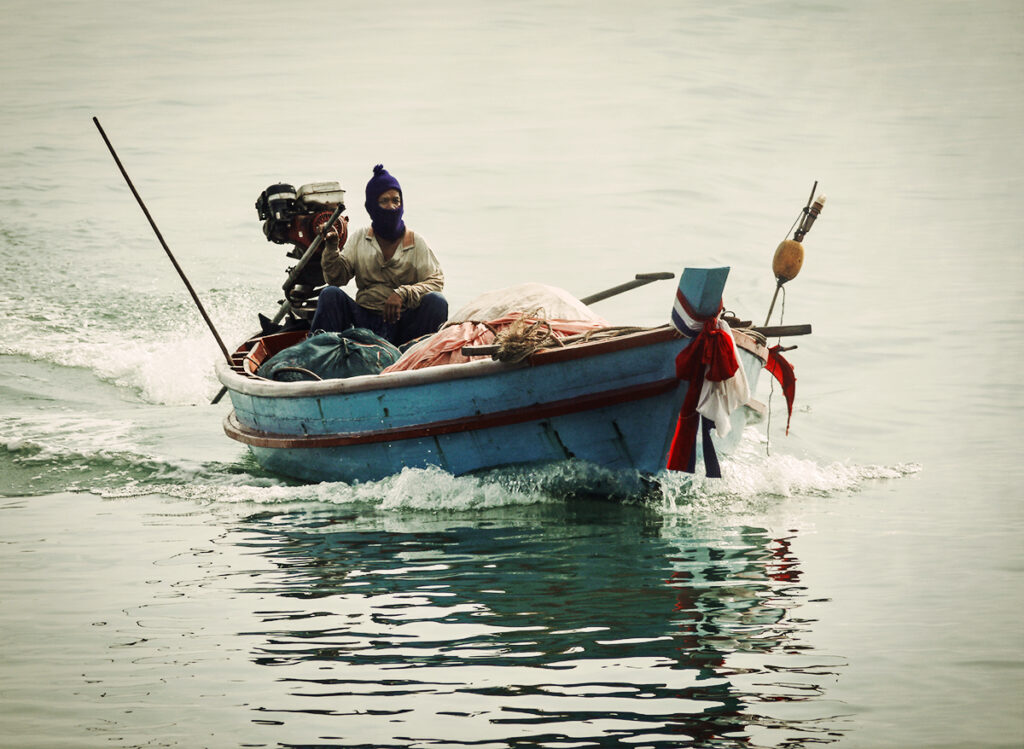
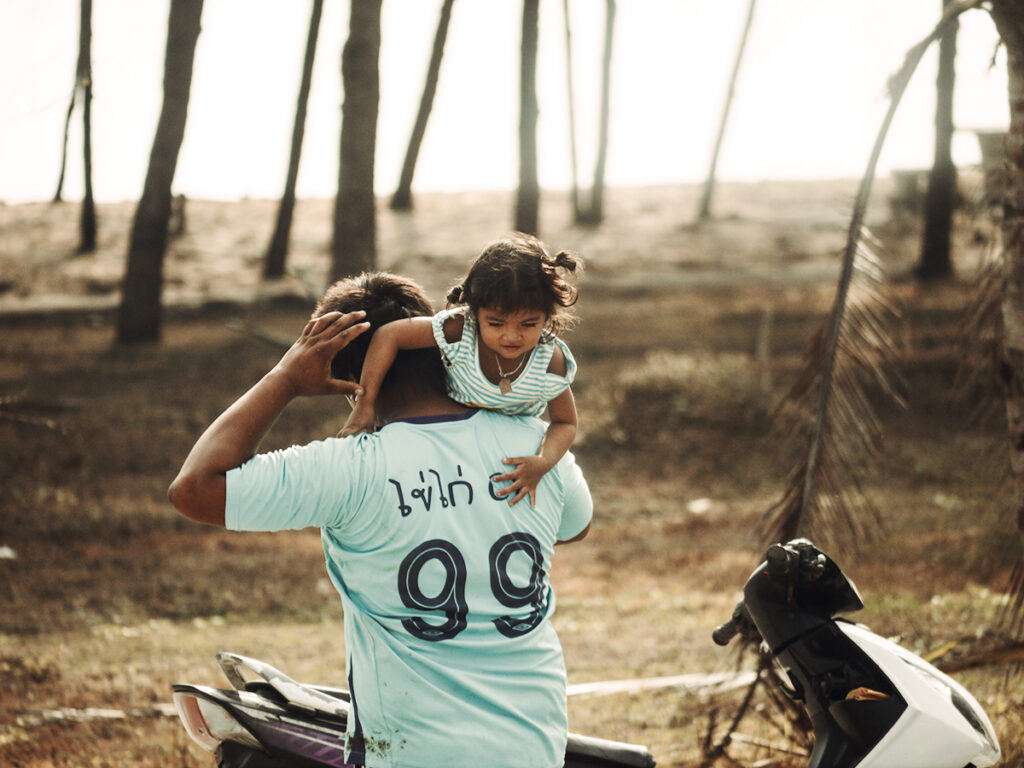
After a bowl of homemade coconut ice cream, we sat down with the village elders to learn about their extraordinary project. For five years, the people of Bang Saphan Noi have worked to restore the coral reefs destroyed by the tsunami and battered by warming seas. The ocean, once the village’s pantry, had become a graveyard of broken coral and dwindling fish.
“We tried many things,” one of the chiefs told us, his eyes reflecting both resilience and fatigue. “Many failed. So we started again.”
Their first attempts involved planting fragments of dead coral in plastic tubes, then diving to anchor them to the ocean floor. The initial results were promising—until the monsoon season arrived, tearing the tubes from the seabed. Undeterred, the villagers devised a new method: heavy concrete blocks, impervious to the storm’s fury, to which the coral could cling and grow.
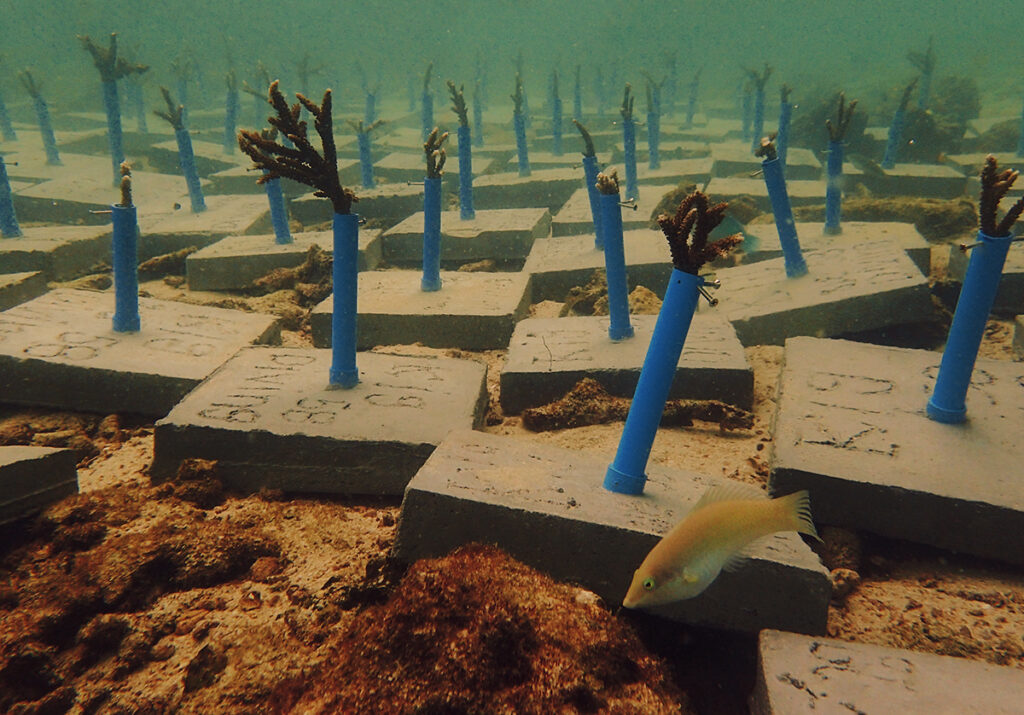
“Every month, we dive and place one hundred new blocks,” he said, pride warming his voice. “It’s slow. Coral takes a year to regenerate. But after five years, the reef is coming back. Fish are returning. Life is returning.”
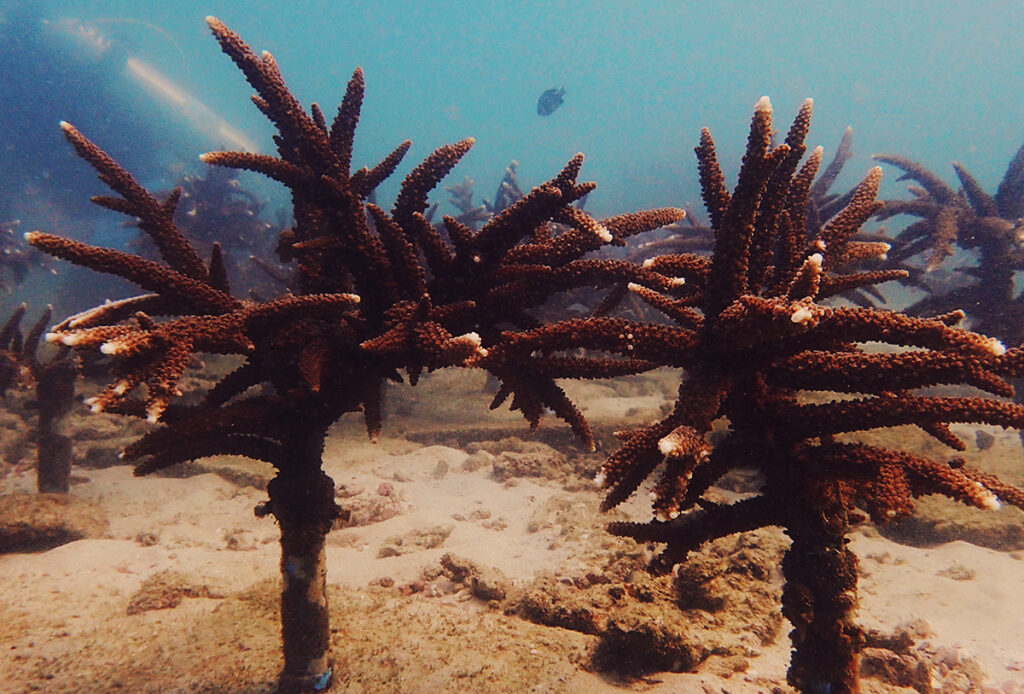
To protect this fragile recovery, the villagers close the bay every February 15th for three months, giving the young fish a chance to breed undisturbed. Photos and videos from recent dives showed flashes of color—living proof of their success.
Against all odds, they are breathing life back into their ocean, rebuilding not just an ecosystem, but a way of life.
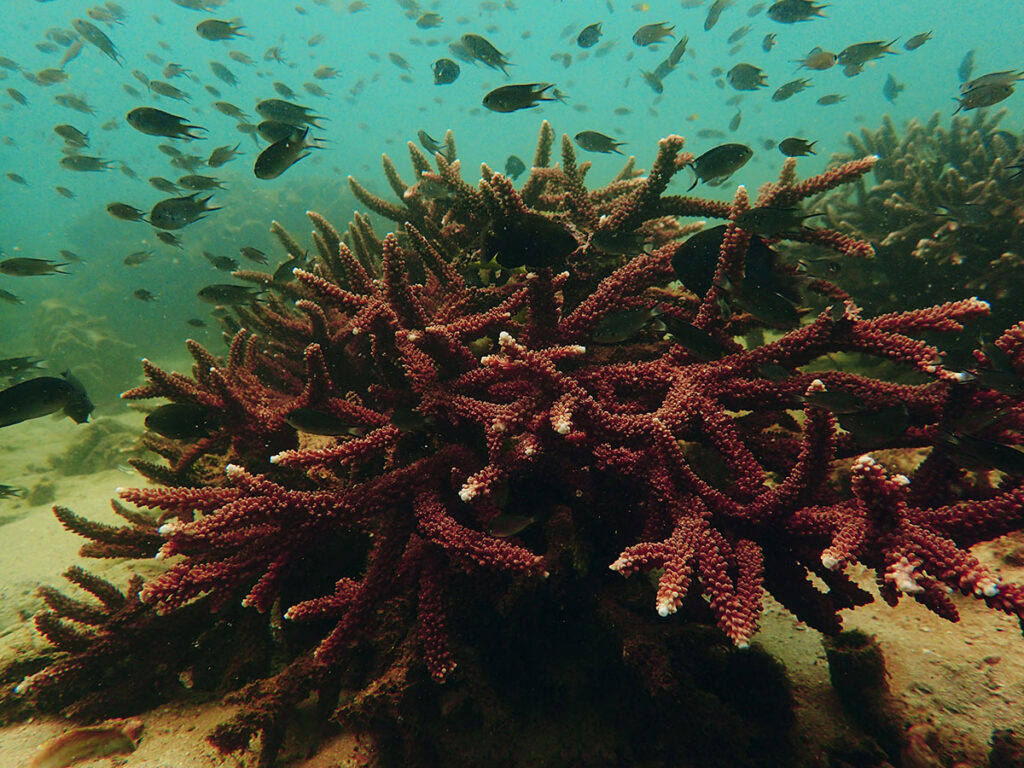
Wandering the village, we were greeted by every passerby—smiles that seemed to belong to another era. With no other tourists in sight, Bang Saphan Noi felt suspended in time, a glimpse of Thailand as it might have been decades ago.
Lunch was a simple affair beside a mangrove plantation, followed by a visit to a family home. A bamboo ladder appeared, and within moments, tamarind fruit was plucked from the tree for us to taste. Before leaving, we met the family’s pet crocodile—a two-meter guardian of the yard, eyeing us with ancient disdain. We departed with gifts of raw tamarind and coconuts, tokens of the village’s boundless hospitality.
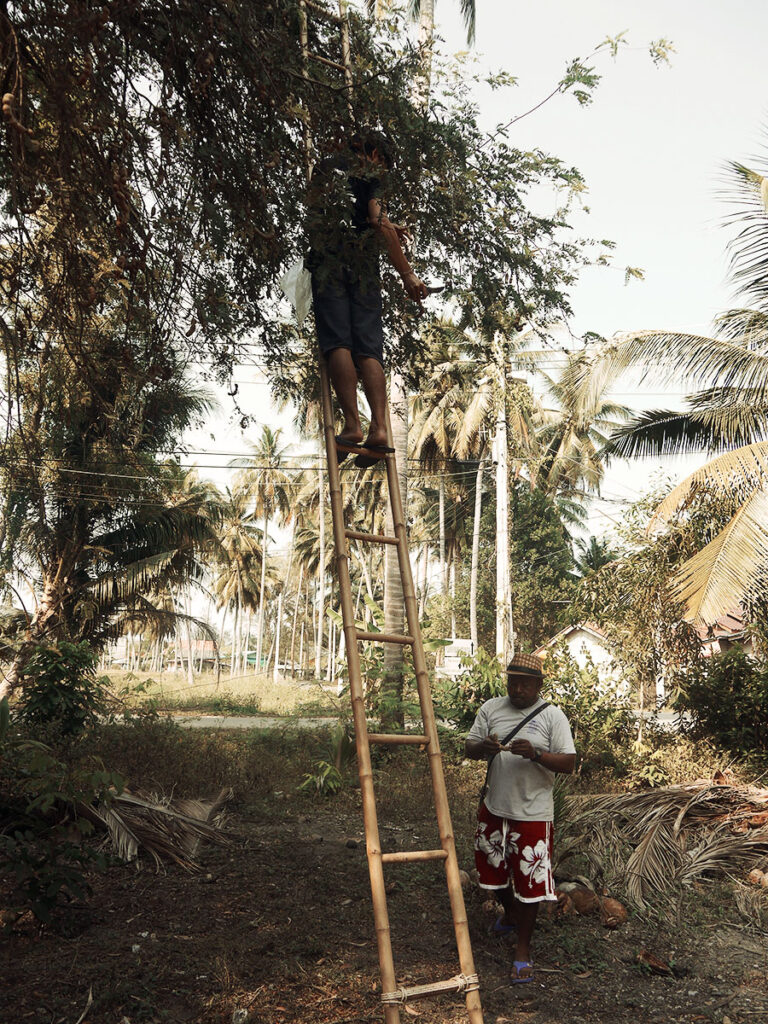
As dusk fell, we rode in the back of a pickup to the train station, sharing the journey with villagers hitching a ride. Goodbyes were exchanged with promises to return.
Our stay was brief, but the lessons linger. I had never witnessed such a profound sense of community, nor such determination to restore what was lost. Through trial and error, a handful of ordinary people have revived their ocean and rekindled hope for generations to come. The people of Bang Saphan Noi are living proof that teamwork and perseverance can restore even the most fragile worlds—a lesson I will carry with me always.
Until next time, Bang Saphan Noi.

